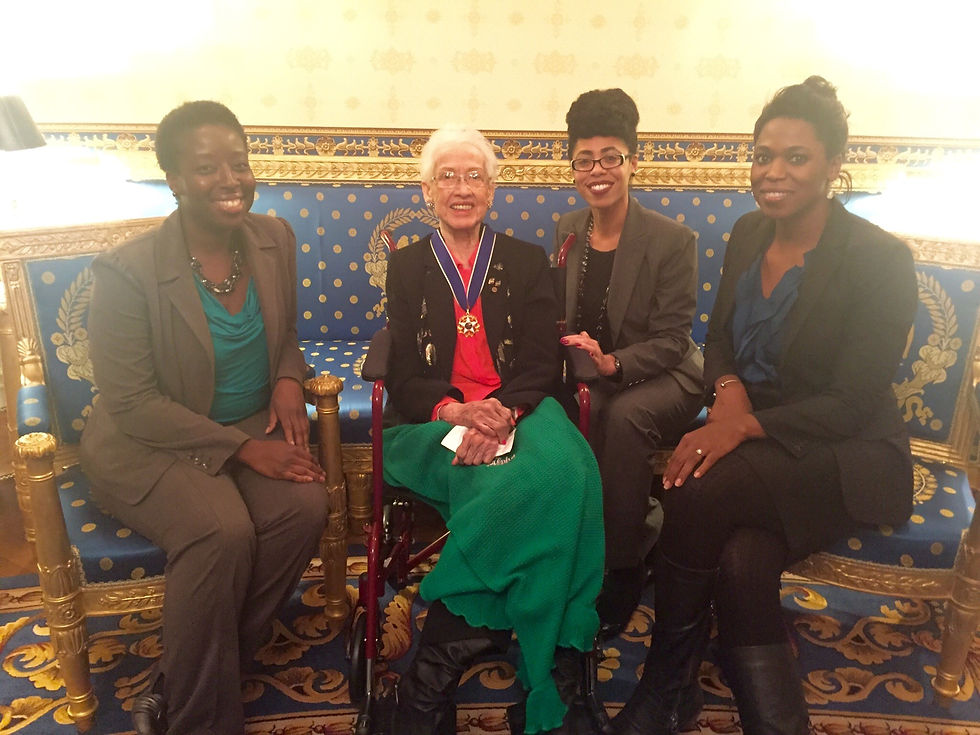STEM Books for Kids!
- Erin Vermilye

- Mar 26, 2019
- 3 min read
Updated: Apr 16, 2019
Looking for a book to get the budding scientist in your life? "Women in Science, 50 Fearless Pioneers Who Changed The World" is worth the read.

Women in Science, 50 Fearless Pioneers Who Changed The World, written and illustrated by Rachel Ignotofsky, is a striking book that showcases historical women of science in a creative and engaging way. The book was originally published in 2016 and features scientists ranging from Hypatia from the fourth century Egypt, to Katherine Johnson from the twentieth century United States.
"Nothing says trouble like a woman in pants. That was the attitude in the 1930's anyway..." -Rachel Ignotofsky
Did you every notice, that in text books, we have more to read about Neil Armstrong than we do Katherine Johnson? Why do I know so much about Freud, when most of his theories are now considered laughable? Why do I not know anything about Karen Horney, who rebelled against the ideas of Freud when she realized that humans, especially women, were far more complex and nuance than the Freudian concept of "penis envy"? I noticed and I think Ignotofsky noticed as well.
Rachel Ignotofsky is an artist and author who has written and illustrated both Women in Science and Women in Sports. Ignotofsky uses her unique art style to engage her readers and help causes such as the March for Women, March for Science, and USA voting advocacy.
According to her website:
"She [Rachel] has a passion for taking dense information and making it fun and accessible. Rachel hopes to use her work to spread her message about scientific literacy and feminism."
Not only does this book prominently feature women in the roles of of doctors, chemists, paleontologists, and physicists. It also shows a diversity of women. Give this to a little girl on any continent (beside Antarctica) and they can find a women who looks like them, who did great things. It provides a representation that is very important to children.
As a child, I had very few female influences in terms of academia. I grew up, not only having mathematical difficulties, but also having the idea in my head that men were just good at science and math because it is always men in the media. Either it is a man, or the scientists went by their last names and were not distinguished to be any particular gender. In a perfect world, when no gender is assigned, we would just think "human". Sadly, we live in a world where male is the default. By introducing children to both men and women in any particular field, we also help get rid of the idea that "male is default", which is a very power lesson to teach to kids and, even though it may take a while for these lessons to pay-off, it is still important to start it now. Because why shouldn't little girls not only be told that they can do it, but be shown that they can.
This book shows women of all different ethnicities, backgrounds, and disciplines making strives in both STEM and medicine. It shows little girls that they can be a scientist, pioneer, and mother all at the same time.
Admittedly, for all of this books monuments, it is probably best for an older child, 10 years and up to read on their own, and younger if they have an adult helping them navigate the language and context.




Comments